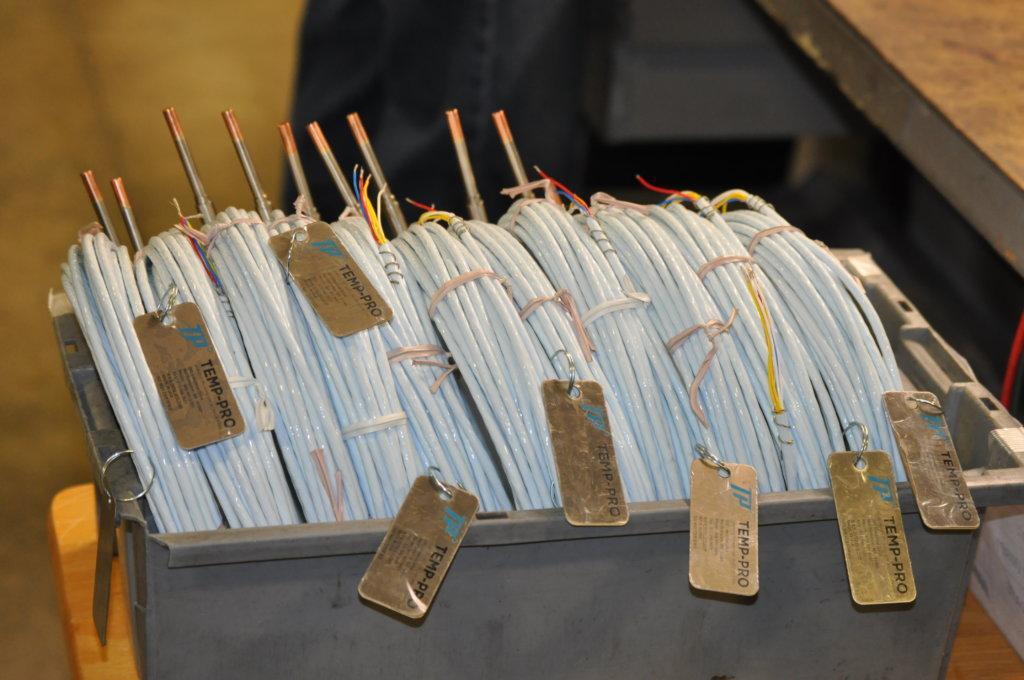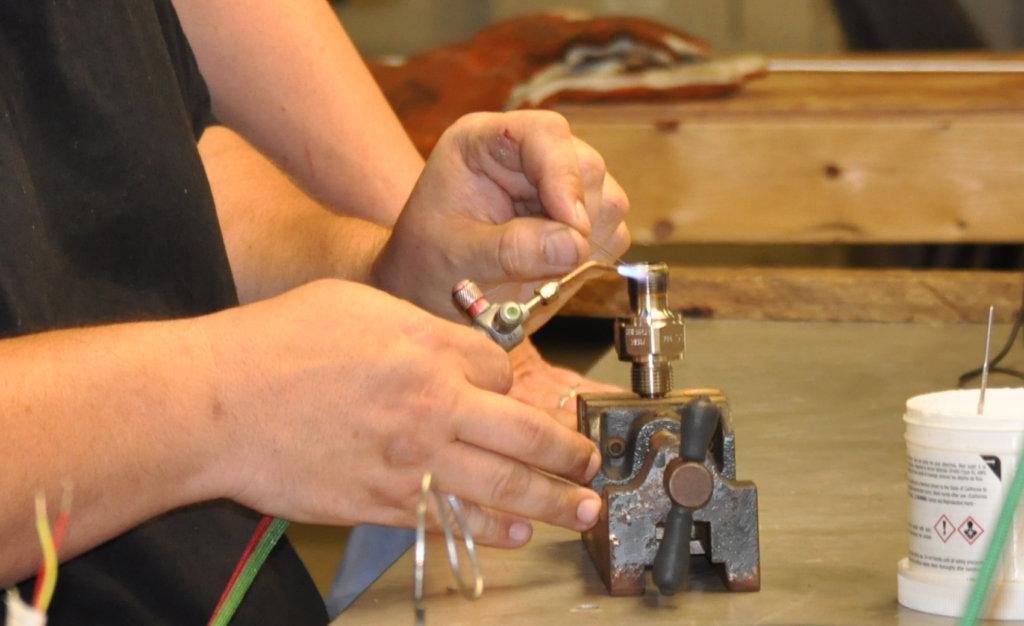Accurate temperature monitoring of equipment or locations is essential for optimizing operational quality control. Temperature sensor applications include but are not limited to generators, waste energy cogeneration, steam/gas turbines, heat recovery steam generators (HRSGs) and solar/nuclear/hydroelectric power.
 How Do I Choose a Temperature Sensor?
How Do I Choose a Temperature Sensor?
One important aspect to consider when choosing a temperature sensor starts with the manufacturer using superior-grade elements to make resistance temperature detectors (RTDs). In addition, the best temperature sensor offers a variety of benefits that range from drastically reducing the cost of replacing damaged equipment to precisely controlling room temperatures where excess heat or coolness is detrimental to operations.
What are the Two Main Types of Temperature Sensors?
The two main types of temperature sensors are non-contact temperature sensors and contact temperature sensors.
Non-contact Temperature Sensors
Relying on magnetic, electrical, sonic or other specific technology to gauge temperature fluctuations, non-contact temperature sensors do not need to be in physical contact with equipment to provide readings. They emit some form of energy (usually infrared radiation) that detects the temperature of a location or device without physical contact. Entities being monitored by a non-contact temperature sensor are called targets.
Advantages of using non-contact temperature sensors include:
- Ability to precisely measure extremely hot or moving objects
- Provides a nonreactive measurement (readings are not influenced by potential target variables)
- Facilitates measurement of electromagnetic fields or high-voltage materials
 Contact Type Temperature Sensors
Contact Type Temperature Sensors
The main types of contact temperature sensors are: thermocouples (TCs), thermistors and resistive temperature detectors (RTDs).
Thermocouples (TCs)
The most commonly utilized sensor is a thermocouple (TC). Self-powered and low-cost compared to other contact temperature sensors, a TC is a voltage-generated sensor that modifies its voltage output according to detected temperature changes. A variety of TCs are available to readily adapt to long, medium and short distances.
Consisting of two different types of metals joined at two junctions, a TC generates an EMF (millivoltage) that is a function of the difference in temperature between the two junctions. Since the voltage produced by a TC is proportional to temperature differences and not absolute temperature, one of the junctions must be fixed to a known temperature for accurate measurements.
Resistance Temperature Detector (RTDs)
RTDs are passive transducers that operate according to the principle of resistance change by adjusting temperature unilaterally. RTDs provide a wide range of measurement capabilities (-270 C0 to 850 C0) and are considered a more accurate type of temperature sensor. Because the temperature resistance properties of platinum are the most stable, uniform and versatile, platinum temperature resistant transducers are predominantly accepted as an interpolation standard for the International Practical Temperature Scale from near absolute zero to the melting point of antimony (1666.9 degrees Fahrenheit).
Thermistors
Costing less than an RTD or a TC, thermistors are simple to manage and have the same working principle as an RTD. As passive devices, thermistors need an excitation current/voltage to operate. However, this current should be minimized to prevent self-heating. In contrast to RTDs, thermistors present a large exponential resistance change with temperature. A unique property of thermistors involves their considerable change of resistance in response to temperature. In other words, the temperature curve versus the resistance curve is exponential.
The IEC 60751 standard is 100 ohms at 0ºC, but other nominal resistances, such as 50, 200, 400, 500, 1000 and 2000 ohm, are available.
Takeaways
There are three main types of contact type temperature sensors:
- Thermocouples (TCs)
- Resistance temperature detectors (RTDs)
- Thermistors
Non-contact temperature sensors can be used to monitor the temperature of liquids and solids but not gases because of their transparency.
Why Depend on Temp-Pro’s Temperature Sensors (TCs, RTDs and Thermistors)?
Temp-Pro’s precision-engineered temperature sensors are built to exceed our customer’s demand for durability, versatility and accuracy. Additionally, our knowledge and resources complement our ability to provide the “best value” option for the production of built-to-print temperature sensor designs and prototypes. Since 1972, Temp-Pro has consistently met the demanding needs of global operating facilities and OEM industries. We actively collaborate with our customers to accommodate their schedules, location and expectations.
Browse our temperature sensor selection guide today to find out what types of temperature sensors are available to suit all your needs.



